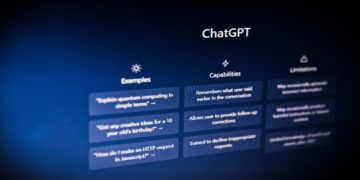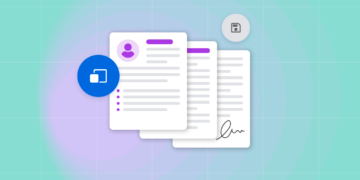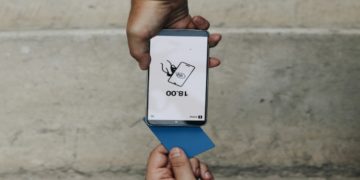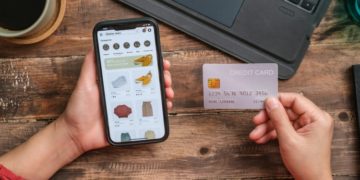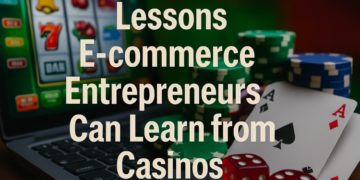Dating after a breakup or extended time alone presents practical challenges that go beyond emotional readiness. The 2025 Singles in America study reveals that 36.5% of singles cite “haven’t found any compatible partners” as their biggest dating obstacle, while 31.7% describe themselves as “very ready” for a long-term relationship. This gap between readiness and success points to a need for structured approaches rather than hoping motivation will appear spontaneously.
Recent data from professional matchmakers at metbynick.com shows that singles who pursue curated events or hobby-based connections report higher satisfaction compared to those who rely exclusively on apps. The distinction matters because motivation often fails when dating feels repetitive or unproductive. Building motivation requires specific actions that create momentum rather than waiting for the right mindset to develop naturally.
Step One: Define Your Intentions Before You Start
Clarity about what you want eliminates the energy drain that comes from mismatched expectations. The concept of “Loud Looking,” identified by Amie the Dating Coach in 2025 trend analysis, involves stating relationship goals and dealbreakers explicitly from the beginning. No more vague “let’s see where it goes” conversations that lead nowhere. Devyn Simone, Tinder’s relationship expert, explains that this transparency combats what she calls the “assumptions epidemic” in dating.
Write down three specific things you want from dating. These could include finding a committed partner within six months, meeting new people to expand your social circle, or practicing communication skills after time away from dating. Post these goals where you’ll see them daily. This practice, recommended by South Denver Therapy’s team, creates accountability and prevents you from accepting situations that don’t align with your objectives.
Step Two: Build Confidence Through Small Actions
Confidence rebuilds through action, not through waiting to feel ready. Set one small dating-related goal each week. This might mean updating one section of your dating profile, attending one social event, or having one conversation with someone new. These incremental steps, validated by cognitive behavioral research cited by South Denver Therapy, interrupt fear cycles that keep people stuck.
The 2025 data shows that 26% of U.S. singles now use AI dating assistants to improve their profiles and practice conversations. These tools provide feedback on communication styles and suggest conversation topics, which removes some pressure from initial interactions. Start with low-stakes activities like commenting on posts in hobby groups or attending structured events where conversation topics are built in. Success in these controlled environments builds momentum for more spontaneous interactions later.

Expanding Your Dating Horizons Through Different Connection Styles
Dating again requires examining what type of connection suits your current life stage and goals. Some people return to traditional dating apps, while others explore speed dating events, matchmaking services, or hobby-based meetups. A few might pursue age-gap relationships or even find a sugar daddy arrangement works for their particular circumstances. The 2025 Singles in America study shows that 31.7% of singles describe themselves as “very ready” for long-term relationships, yet each person’s path to that readiness looks different based on their personal preferences and life situation.
The data from werenotonabreak.com reveals that 72% of daters now rate emotional intelligence as more attractive than looks, which applies across all relationship formats. This preference for emotional depth over surface-level attraction means that successful connections form when people clearly communicate their expectations upfront. Dating coaches recommend stating your intentions early, regardless of the relationship structure you seek. This transparency prevents mismatched expectations and helps both parties decide if their goals align before investing time and emotional energy.
Step Three: Reframe Past Dating Experiences
Your previous relationships provide data, not verdicts on your future prospects. List three lessons learned from past dating situations without judgment. Focus on patterns you noticed about compatibility, communication styles that worked or didn’t work, and boundaries you need to maintain. This exercise, recommended by therapists at South Denver Therapy, transforms negative memories into practical knowledge.
Psychology research published in 2025 emphasizes “rescripting your dating narrative” as a method for breaking fear patterns. Instead of viewing a past breakup as a failure, identify specific skills you developed or preferences you clarified through that relationship. Write these insights in the present tense: “I communicate best when given time to process emotions” rather than “I learned I’m bad at confrontation.” This reframing technique creates forward momentum instead of keeping you anchored to past disappointments.
Step Four: Create Structure Around Dating Activities
SSRS 2025 research indicates that 39% of U.S. adults have used dating sites or apps, with 7% currently active. Break the Cycle’s statistics show that between 10% and nearly 50% of couples now meet online. These numbers suggest technology remains central to modern dating, but success depends on using these tools strategically rather than randomly swiping.
Limit dating app usage to specific times and durations. Professional matchmakers report that many singles experience choice overload and decision fatigue from excessive swiping. Set a schedule: check apps for 15 minutes twice daily, respond to messages within 24 hours, and aim for one quality conversation per week rather than juggling multiple shallow exchanges. Platforms like Time Left and Renaissance Club offer curated group events that provide structure and reduce the pressure of one-on-one first meetings.
Practical Implementation Strategies
Join one activity group related to your interests within the next two weeks. Blavity’s 2025 trend report identifies “Hobby Homies” as a growing approach where singles build friendships through shared activities before pursuing romance. This method reduces pressure and creates natural conversation topics.
Practice stating your boundaries in non-dating contexts first. Tell a friend when you need space, communicate your preferences at work meetings, or speak up about restaurant choices. These small assertions build the communication muscles needed for dating conversations. Nearly 3 in 5 Gen Z singles now prefer “slow dating” according to werenotonabreak.com, which means taking time to establish compatibility before rushing into relationships.
Schedule regular self-care activities that have nothing to do with dating. Exercise, meditation, or support groups recommended by South Denver Therapy help maintain emotional balance. These practices prevent dating from becoming your sole focus and source of validation.
Moving Forward With Purpose
Motivation to date again develops through consistent small actions rather than waiting for perfect conditions. The data shows that intentional daters who actively seek deeper connections succeed more often than those who approach dating casually. Quality communication, emotional intelligence, and transparency about goals matter more than maximizing the number of dates or matches.
Start with one step from this framework. Define your intentions, take one small confidence-building action, reframe one past experience, or create structure around one dating activity. Each action generates momentum that makes the next step easier. The current dating environment rewards authenticity and emotional depth over surface-level interactions, which means taking time to prepare yourself emotionally and practically increases your chances of finding meaningful connections.
David Prior
David Prior is the editor of Today News, responsible for the overall editorial strategy. He is an NCTJ-qualified journalist with over 20 years’ experience, and is also editor of the award-winning hyperlocal news title Altrincham Today. His LinkedIn profile is here.



